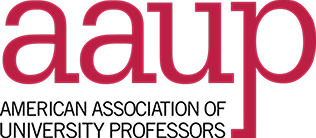Resources on Academic Freedom
AAUP Policy Statements, Reports, & Analysis
The policies published in the AAUP’s Policy Documents and Reports, also known as the "Redbook," have been formulated by standing and special AAUP committees and governing bodies, and at times in cooperation with other organizations.

